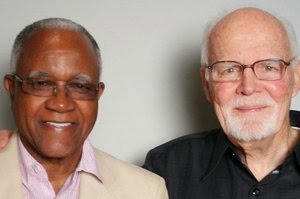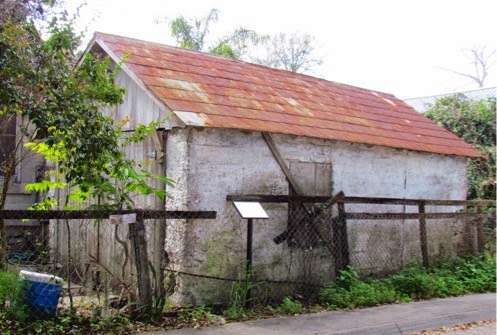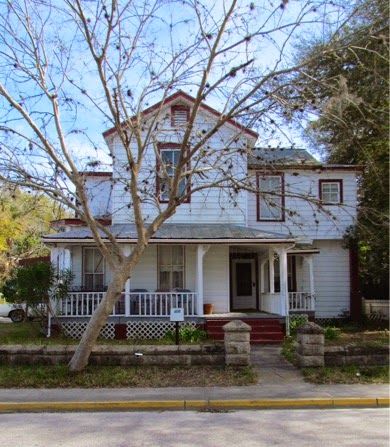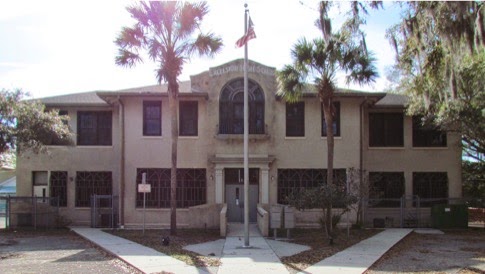Mention Civil Rights in America and names like Selma, Birmingham, Montgomery come to mind. Not St Augustine. Mention St Augustine and you think of Spanish history with mentions of Great Britain and the French. But, as we were walking through Plaza de la Constitucion in the heart of the city, we looked down and saw some blocks commemorating the Civil Rights struggles, some plaques further on and a statue. That set us to research on Civil Rights in St Augustine when we got back to the RV and found some interesting stories. Interesting, not pleasant.
Martin Luther King had planned a sit-in during the St Augustine Movement, a part of the larger Civil Rights Movement. In the midst of this, on June 18, 1964, some protesters, both white and African American, jumped into a white only hotel pool. Here’s a picture from NPR of the hotel owner pouring muriatic acid into the pool. I also came across a conversation in Story Board with two of the protesters talking about the incident.

"Everybody was kind of caught off guard," J.T. says.
"The girls, they were most frightened, and we moved to the center of the pool," Al says.
"I tried to calm the gang down. I knew that there was too much water for that acid to do anything," J.T. says. "When they drug us out in bathing suits and they carried us out to the jail, they wouldn't feed me because they said I didn't have on any clothes. I said, 'Well, that's the way you locked me up!'
"But all of the news media were there, because somehow I guess they'd gotten word that something was going to happen at that pool that day. And I think that's when President [Lyndon B.] Johnson got the message."

The following day, the Civil Rights Act was approved, after an 83-day filibuster in the U.S. Senate.
The second story that I read was about a dentist, Dr. Hayling, and some others following some Ku Klux Klan members, being discovered and beaten within an inch of their lives. They were then ’stacked like logs’, gasoline was poured on them and they were only saved because someone had gone for the police who arrived before the gasoline could be lit.
After we had visited the St Augustine ‘oldest house’ we walked over to the Lincolnville section of St Augustine to see the small museum and some of the plaques throughout this section of town commemorating the Civil Rights movement in StA. Not knowing where all of these were, we stopped to talk to some older men sitting together in one yard. Sure enough, they knew where all this was. The mother of one of them was actually in the protests but had sent him and his siblings down to Miami to stay with relatives while she was protesting. She didn’t want any harm to come to them.
Right in back of them was the only remaining slave cabin.


We saw the Black High School built during the ‘Separate But Equal’ period in our history.

But walking the streets and seeing the homes, the school, the church and talking with the man whose mother had been in the protests certainly added to our visit to StA.

No comments:
Post a Comment